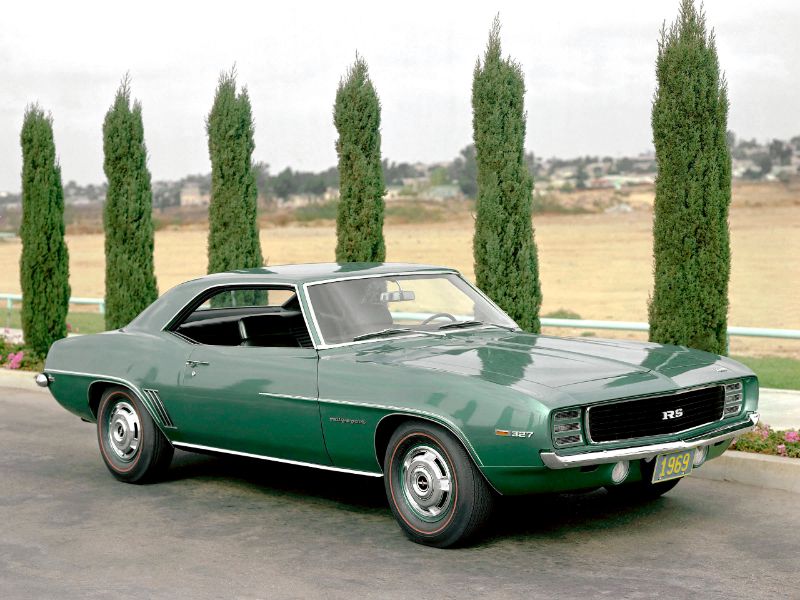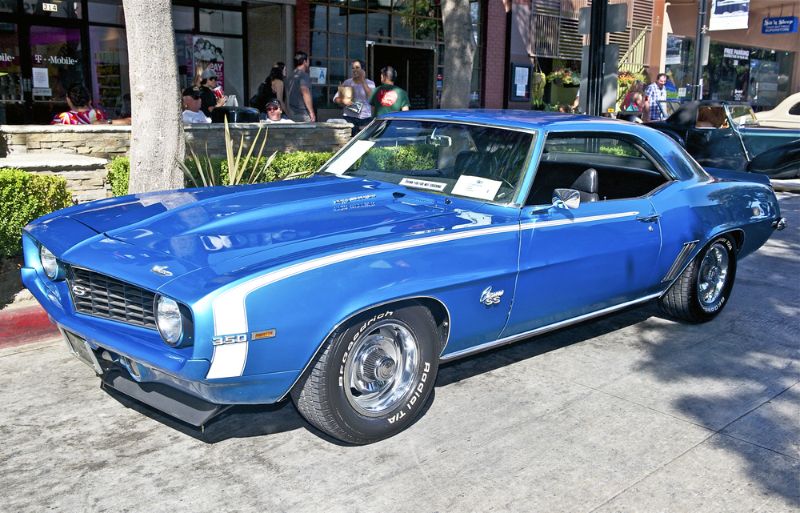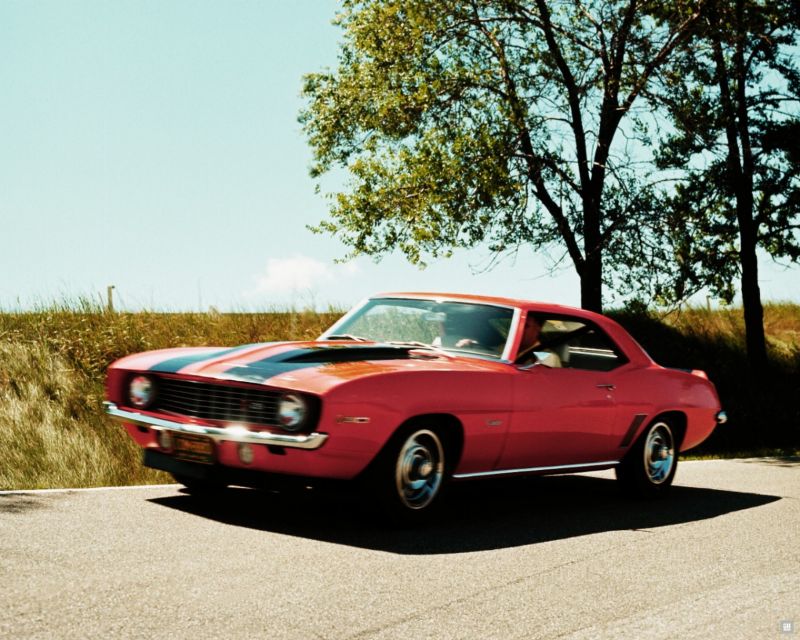As the end of the first generation, the 1969 Chevrolet Camaro is certainly a classic auto that many collectors want. The first generation began with the 1967 model year, which hit dealerships in September 1966. At launch, the iconic Camaro was offered as a two-door, hardtop, convertible, or 2+2 seat model with either a V8 or straight-6 powertrain. It used a brand-new F-body platform with rear-wheel drive.

Camaro RS Coupe
Changes for 1969
For the 1969 model year, the Chevrolet Camaro kept the major mechanical components and drivetrain. However, it got a much sportier look. There was all-new sheet metal, with the exception of the trunk lid and hood. The grille also got a redesign that included a heavy “V” and headlights that were deeply inset. There was also a new rear valence panel, rear quarter panels, and door skins. These changes gave the Camaro the appearance of being wider, lower, and more aggressive. If you want these styling elements, you will have to find a 1969 Chevy Camaro since the styling was heavily changed for the following year.
Mechanical Changes

source: ShutterStock
Chevrolet wanted to make the Camaro more competitive with the SCCA Trans-Am racing series. So, it added the option of four-wheel disc brakes featuring four-piston calipers. This system borrowed some of the Corvette’s components and dramatically improved the performance, with the exception of Z28 Special Performance Package.
These changes also included simulated rear fender louvers and rear- and front-wheel opening moldings. The styling included a black body sill, Rally Sports nameplates for the front fender, backup lights below the rear bumper, and bright accented taillights. There also were RS emblems on the rear panel, steering wheel, and grille. The Sports Coupe with this package also got bright roof drip moldings.
Z28

1969 Chevrolet Camaro Z28 Sport Coupe
The 1969 Chevrolet Camaro was also offered as a Z28 with its familiar 302 CID small block engine. It used a newly standard Hurst shifter, Muncie 4-speed, and 12-bolt rear axle featuring a standard 3.73 gears. This engine had a compression ratio of 11:1, Holley carburetion for a dual-plane intake manifold, and a solid lifter camshaft. It also has a forged steel crankshaft, pistons, and connecting rods. Drivers could also opt for a dual cross-ram intake manifold with four barrels.
The COPA 427

source: ShutterStock
Because of a corporate edict from GM, Chevrolet could not install any engine bigger than 400 cubic inches. Yet Chevy found a way to get around this to deliver the 427-cubic-inch engines that dealers requested. This was via two COPOs (Central Office Production Orders). The COPO 9560 had 425 horsepower, while the COPO 9561 had 430 horsepower.
Production and Length of Model Year
Interestingly enough, the 1969 Camaro had a particularly long production run. A manufacturing issue delayed starting the second generation, which arrived in 1970. Because of this, the 1969 actually lasted into November 1969. There is a myth that some 1970 models were actually late-1969 models, but this is not true. Overall, there were 243,085 1969 Camaros produced, including 150,078 base models, 37,773 RS models, 34,932 SS models, and 20,302 Z28 models.
